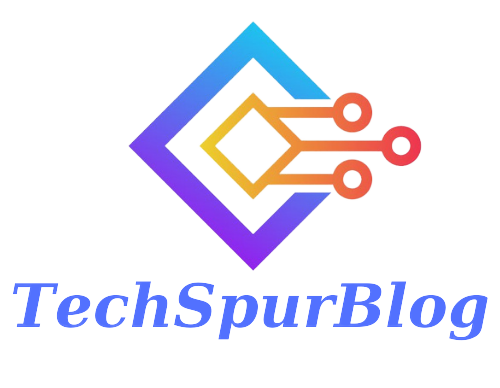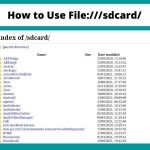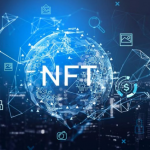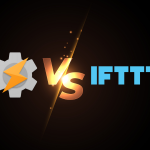If we had to define the most recent buzzword, it would certainly be ‘metaverse’. Ever since Facebook has changed its company name to Meta, more and more people seem to be showing an unwaning interest in the metaverse and its potential. But what does metaverse mean, in the first place?
The easiest way to define metaverse would be by picturing the universe gone virtual. The meta-world has almost every characteristic of the real world you can think of, yet it is completely digital and computer-generated. Surely, the effect is achieved by leveraging VR and immersive technologies. Yet, one of the main drivers of the metaverse and is necessary for building a metaverse website is blockchain.
To understand how the metaverse relates to blockchain, let’s take a closer look at the key elements of the metaverse world:
Virtual marketplaces
The online marketplace of today is e-commerce websites. The virtual marketplace, on the other hand, will enable users to visit a virtual shopping mall in person, take walks through the stores to buy goods, and visit their favorite restaurants to order pizza they could eat in the real world. For customers, used to shopping online, the metaverse marketplace will be opening doorways to entirely different experiences.
Digital goods
Because the metaverse mimics the real world, it will inevitably generate a large number of virtual goods and services. A metaverse game, for example, is a virtual product capable of generating a range of collateral virtual merchandise like clothing for avatars, gifts, and tokens.
Also Read : Role of AR/VR in the Development of the Metaverse
VR venues for remote collaboration

The main characteristic of the virtual world is that it enables us to have shared experiences with other people in the virtual space. The metaverse will enable the launching of numerous venues for remote collaboration and virtual hangouts. Oculus, for example, already offers a free VR space for holding meetings and conferences in the digital space. Needless to say, these experiences could be fee-based as well, supported by a range of digital goods and merchandise.
Here’s when blockchain comes in – enabling transactions and helping to create, exchange and protect users’ assets in the virtual world. Because of the nature of decentralized data storage, the distributed ledger is perfect for meeting the demands and requirements of the metaverse.
Using centralized databases, on the other hand, entails too many risks for the metaverse development. The dilemma between data privacy and transparency of all interactions is impossible to resolve using the resources of the centralized database architecture of the legacy Web 2.0.
For example, virtual real estate is one of the core assets in the metaverse. The chief concern is that it is impossible to secure the metaverse property using traditional technologies and methods. The distributed ledger helps to record every action performed with property, such as creation, purchase, or exchange and helps perform it without the permission of the centralized authority.
No metaverse website is possible without the blockchain enabling its transparency and effectiveness. Apart from virtual reality, metaverse relies on blockchain as the main technology for ensuring the security of transactions in the virtual world.
In the next section, you will learn everything you need to know about NFTs, the cryptographic tokens helping to enhance the security of assets in the metaverse.
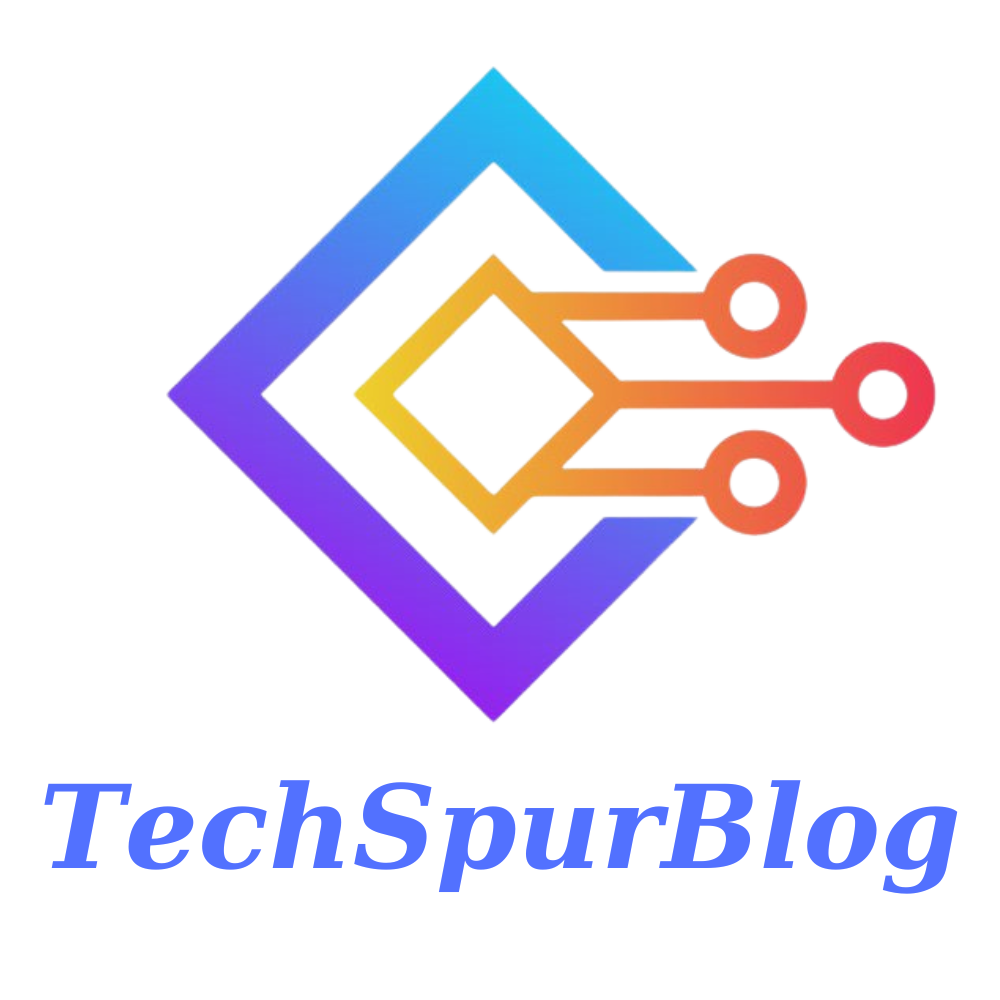
We are the founders of Techspurblog and we have been in this industry for over Four years. We pride ourselves on being the global leader in developing Technology Blog, which can create original content.
We are a team of enthusiastic people who want to share our experience, knowledge and enterprise with the world. We love what we do and we hope you will too!
